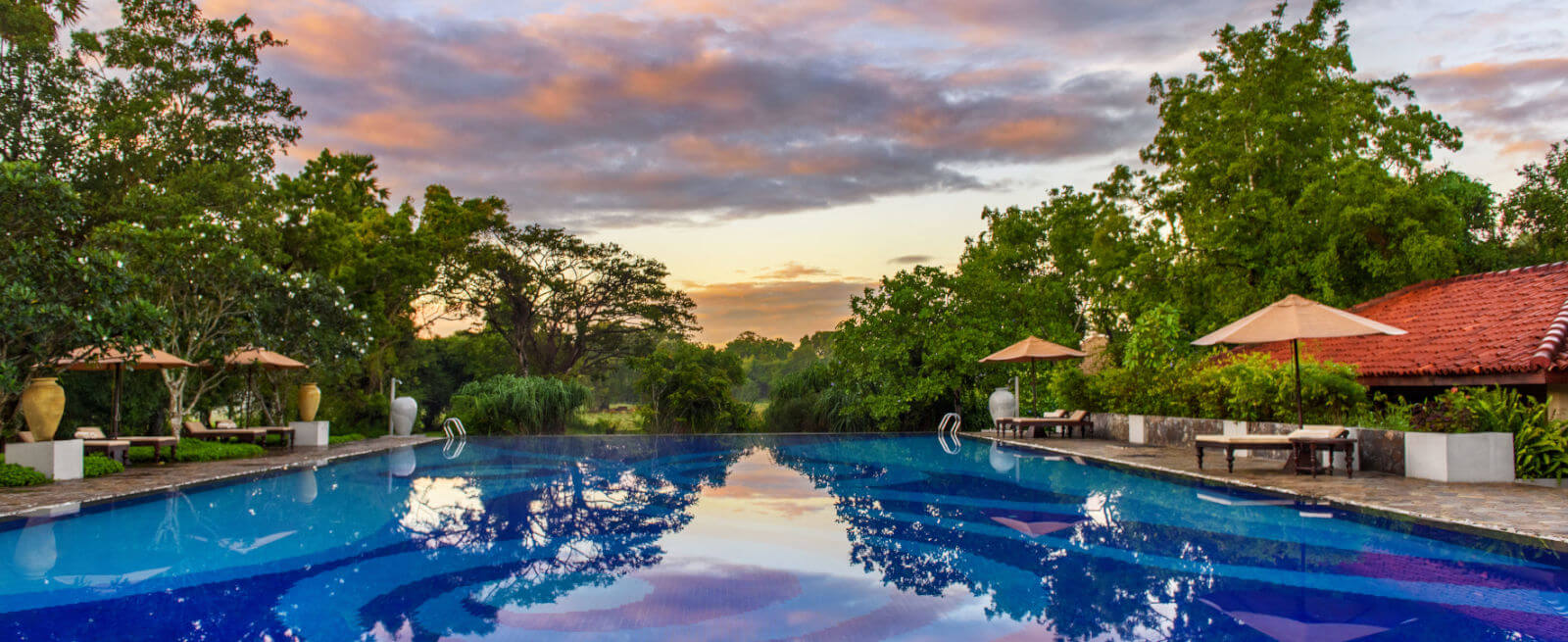Attracting over thousands of pilgrims every year, Mihintale is one of the most precious consecrated sites in Sri Lanka. Located in the district of Anurudhapura, Mihintale is complete with ruins and tales of the origins of Buddhism in Sri Lanka.
Since embracing Buddhism, King Devanampiyatissa and reigning kings after have taken significant effort to fortify the rock accessible for both theros and pilgrims.
Kantaka Chetiya
One of the most intriguing sites in Mihintale, Kantaka Chetiya was constructed during King Suratissa of Anuradhapura’s reign. Bearing influences of Indian art and motives, the chetiya is complete with intricate designs.
Naga Pokuna
Literally translated to ‘snake’ ‘pond’, the pond here was constructed on an existing natural pond referred to as Nagacatusca during King Aggabodhi of Anuradhapura’s time. Fascinating viewers, this pond also supplies water to an adjacent pond called the Lion Pond.
The Hospital
Found at the foot of the mountains are remnants of a hospital. Displaying medicinal baths for patients to immerse themselves and receive treatment, historians claim that the hospital is one of the oldest in the world.
The Refectory
A remarkable symbol of the everyday life of the theros who inhabited Mihintala, the refectory here was where they congregated and shared knowledge regarding Buddhism. This large quadrangle is complete with two large inscriptions regarding the administration of Mihintale.
The Cave of Arahat Mahinda
Mihindu Guhawa as it is referred as is a vital site for devout visitors. The caves are said it to be where Mahinda Arahat Thero resided. A flat slab carved out of rock positioned in the cave is where the Thero took rest .
